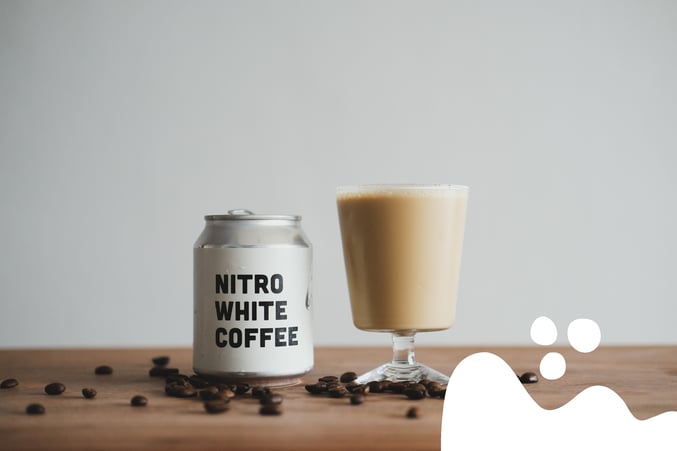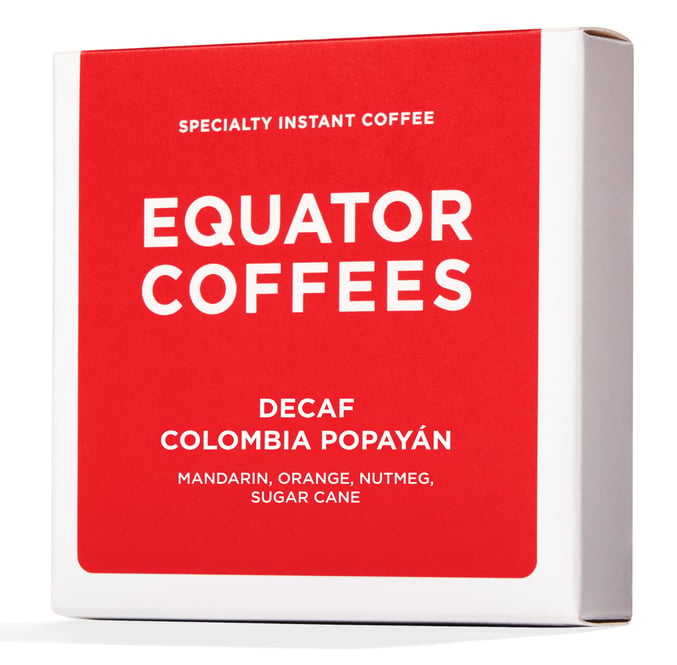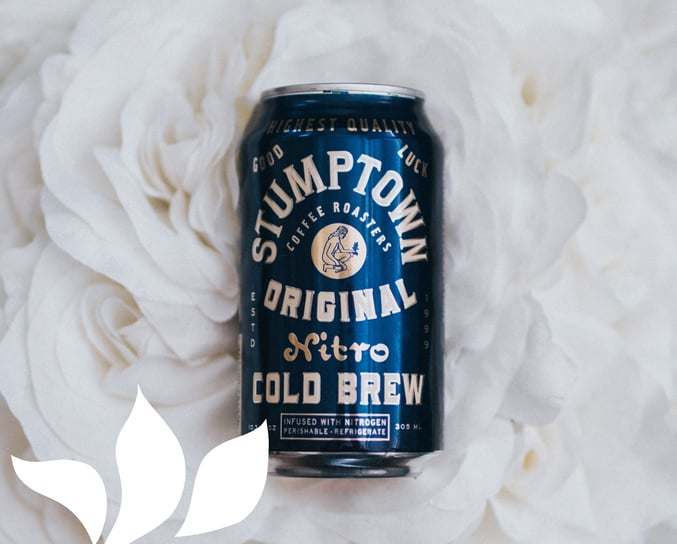
Whether you’re a brand-new roaster or have been around for many years with an extensive customer base, diversifying your income sources beyond roasted coffee is never a bad idea.
During the COVID-19 pandemic, many roasters worldwide opted to try something new by adding products to their shelves. We decided to dive a little deeper into the importance of income diversification and how it’s a vital part of business development and growth. We reached out to David Palazuelos, one of our incredible Relationship Coffee Managers, who helped us explore a few trends around “ready-to-drink” beverages (RTDs) due to his expertise on the subject, as he worked for a couple of years in the Specialty Instant Coffee side of the industry. David worked at Voilá Instant Coffee for a while and as a consultant, supporting roasters like Sabbath Coffee Roasters to develop RTD products and consulting in the RTD space with lyophilization for instant coffee cold brew production, and packaging/design, green sourcing, and roasting, R&D.
David shared some examples of RTD products from our partners—including instant coffee, canned cold brew, and canned lattes—and explored some of the challenges and opportunities roasters face when developing a new product line. Read on for more insights!
________________________________________________
The case for diversification
Why is it important to diversify? Diversification is a risk management strategy in which you shift your business model away from a single source of income toward multiple sources. For a coffee roaster, that would mean going from solely roasting for retail and wholesale, to exploring ready-to-drink options such as instant coffee, single-serve pourovers, or canned cold beverages.
The rationale behind this model is that an income constructed of different revenue streams will yield higher long-term returns on average, in addition to lowering business risk. For example, as a roaster, if you wholesale coffee to key accounts like restaurants or hotels, what happens if those businesses close down, or if they decide to drop you as their coffee provider? More often than not, you would be forced to look for other wholesale accounts to make up for that loss. But if you had other streams of income, you wouldn’t have to chase down a new account and could instead be more strategic about your growth, perhaps in a more proactive manner rather than a reactive one.

RTDs everywhere
RTDs are growing at a rapid rate—so much so that we predict RTDs will be the main source of income and overall cash flow for many coffee companies in the near future, if not already.
We have seen promising RTD developments from some of our partners, who have done an outstanding job thinking through the above points in the RTD scope and have understood both the importance of income diversification and product market fit. One example is our partner and friends at Equator Coffees, who have released their delicious tasting instant lyophilized coffee through a partnership with Swift Cup Coffee.
I bet many of us have also seen and/or tasted the delicious and creamy draft lattes from La Colombe. Though they launched in March of 2016, we’ve seen many iterations of the product and other canned beverages from La Colombe, like the Oatmilk Draft Lattes and the Nitro Extra Bold Cold Brew.
We’ve also seen the legendary, ever-growing Stumptown Coffee with their RTD cold-brew program, featuring uniquely branded products that are now a common sight in supermarket aisles.

COVID-19 & RTD
Recent circumstances have prompted growth in the RTD coffee market. With the COVID-19 pandemic causing shifts in consumer lifestyles and an increased focus on work-from-home routines, there has been a higher demand for the convenience of RTD coffee products, and they have taken up a more prominent place in coffee drinkers’ routines—particularly the consumption routines of younger adults.
Consumers are expected to continue to favor the convenience of RTD beverages, and companies will continue to develop new products to capture a larger share of the coffee market. The market is already booming: According to Fortune Business Insights, the global RTD coffee market in 2019 was valued at USD $22.44 billion, and is projected to reach USD $42.36 billion by 2027, exhibiting a compound annual growth rate of 8.31% during the forecast period.
________________________________________________
Potential Challenges & Opportunities
The RTD market is hot and many of our partners are having success in the arena—so how does your business get in on the action? As you can imagine, it’s not a simple process—just like any other diversification interest, funding an RTD project can be quite an investment, as well as an extensive process. From finding your manufacturer, and selecting the right coffee for the product, to the R&D phase, branding, and actual production, you need to plan accordingly in a strategic manner.
Our colleague David suggests starting with a brief cost analysis of the price of your coffee when roasted (this will of course include the green cost plus the cost of roasting/fulfilling). Once you’ve calculated that number , then you need to consider the cost of production, branding, packaging (if needed), and logistics like shipment.
When you’ve determined all of these costs, you then need to think about how you will position the product and at what price. From a marketing perspective, product positioning is a strategic plan that will help you define where the product fits in the marketplace and why it is better than alternative solutions. The goal of this plan is to refine who your audience is, define what they want or need, and define how your product can uniquely help or fulfill that need. Product positioning is key!

When you’ve narrowed that down, it’s time for the million-dollar question: Will people buy your RTD product at the cost you decide? David suggests considering a few key elements and asking yourself relevant questions related to these topics, including:
- Innovation - How unique is your product?
- Branding - Believe it or not, people look at the branding of the product in order to make a purchasing decision.
- Benefits - Are there any benefits to consuming your product aside from its convenience?
When done right and with a business model taking these points into careful consideration, RTDs can be a great source of income. One benefit of RTDs: They can be distributed through different channels, from selling them at your café to expanding your business to convenience stores, restaurants, supermarkets, and even online. There are a myriad of ways to distribute an RTD product, whether it’s a canned cold brew, soluble coffee, or who knows- even coffee-flavored ice cream or shakes. The sky's the limit when it comes to creating a new RTD coffee product; let the unique business proposition of your company drive you to create something special that will hopefully resonate with your customers!
________________________________________________
Make sure to subscribe to our blog below to get more updates like this in the near future!



.png)
